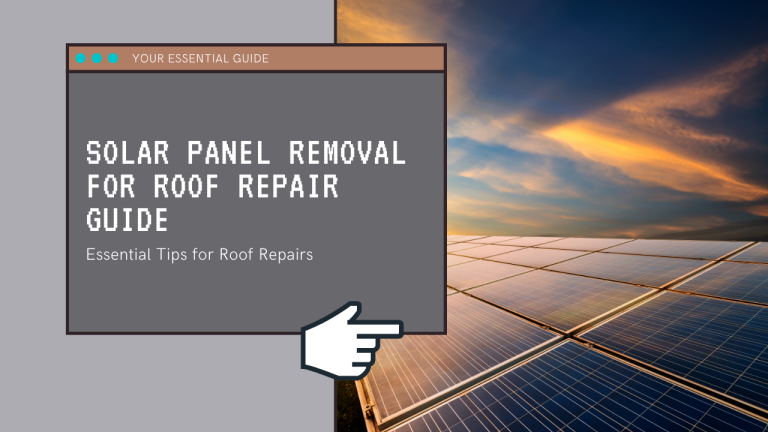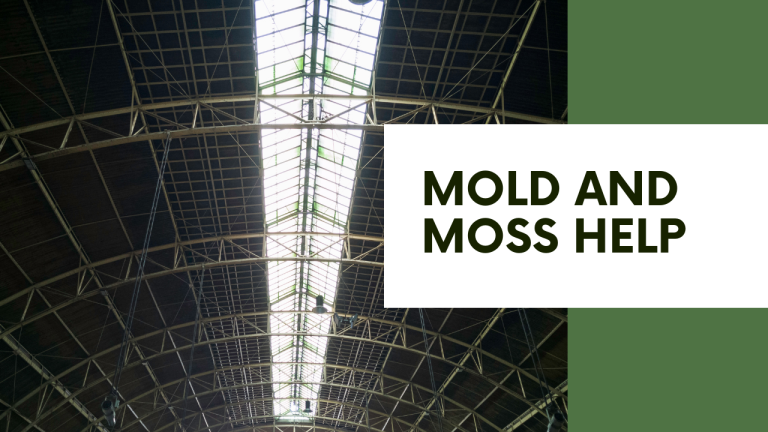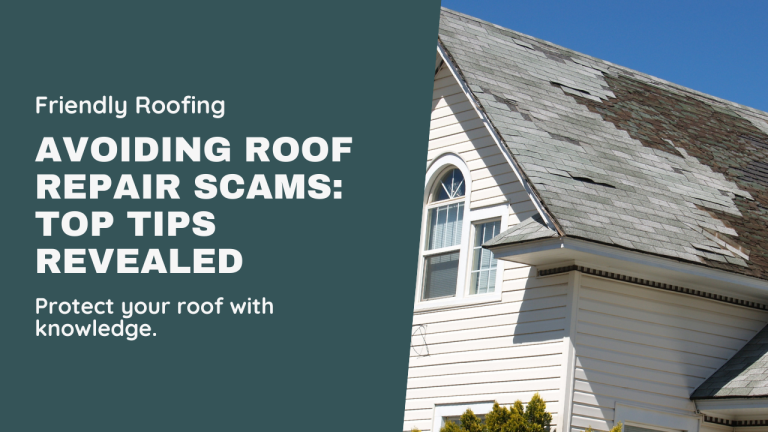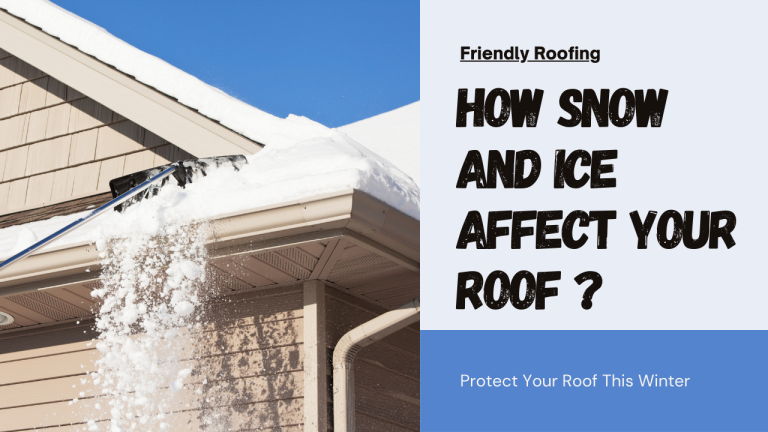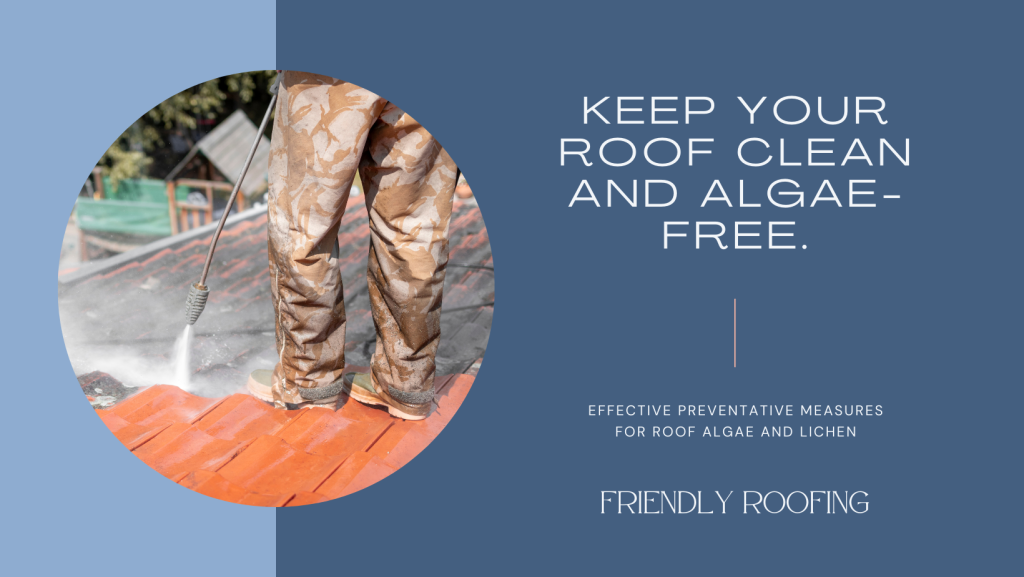
Roof algae and lichen are common issues that can significantly impact the longevity and aesthetics of your home. These organisms thrive in humid and shaded environments, leading to unsightly stains and potential structural damage. Implementing preventative measures for roof algae and lichen is crucial for maintaining the integrity and appearance of your roof.
This article will explore the nature of these organisms, how to identify them, and the best strategies to prevent their growth.
Understanding Roof Algae and Lichen
Definition and Characteristics
Roof algae, particularly the species Gloeocapsa magma, are typically green or brown and form a slimy layer on surfaces. They thrive in humid environments and spread through airborne spores. Lichens, on the other hand, are a symbiotic partnership between a fungus and an alga or cyanobacterium. They appear as crusty, leaf-like, or branching growths and are slow-growing.
Causes and Conditions
Roof algae and lichen flourish in specific conditions. Both organisms require damp environments to thrive. Overhanging trees and shaded areas provide ideal conditions for growth. Additionally, leaves and other organic matter can trap moisture and provide nutrients, further promoting their development.
Impact on Roofs
The presence of algae and lichen on roofs can lead to several issues. Structurally, these organisms can trap moisture, leading to the deterioration of roofing materials and potential leaks. Aesthetically, algae and lichen cause unsightly stains and discoloration, reducing curb appeal. Furthermore, algae can hinder the reflective properties of roofing materials, increasing cooling costs.
Identifying Roof Algae and Lichen
Visual Inspection
Identifying roof algae and lichen involves a careful visual inspection. Algae typically present as black streaks, green or brown slimy layers, and discoloration on shingles. Lichen can be identified by their crusty, leaf-like, or branching growths that can be various colors, including green, yellow, and orange.
Professional Assessment
In some cases, professional assessment is necessary. Professionals use specialized tools and techniques to accurately identify and assess the extent of algae and lichen growth. This ensures a precise diagnosis and appropriate treatment plan.
Preventative Measures For Roof Algae and Lichen
Regular Maintenance
Routine maintenance is the first line of defense against roof algae and lichen. Conducting regular roof inspections helps identify early signs of growth. Cleaning the roof every 2-4 years to remove debris and organic matter that can foster growth is also essential.
Chemical Treatments
Chemical treatments can effectively prevent and control algae and lichen. Algaecides and fungicides are applied to kill existing growth and prevent future infestations. It is important to use safe and recommended methods to apply these chemicals, ensuring they do not harm the roofing materials.
Physical Barriers
Installing physical barriers can inhibit the growth of algae and lichen. Zinc or copper strips release ions that prevent the growth of these organisms. Installing them along the roof ridge can provide maximum effectiveness.
Environmental Control
Controlling the environment around your roof can reduce the risk of algae and lichen. Pruning overhanging branches increases sunlight exposure and reduces moisture retention. Ensuring proper roof ventilation decreases humidity levels, making the environment less conducive to algae and lichen growth.
Long-term Strategies
Roof Material Selection
Choosing the right roofing materials can provide long-term protection. Algae-resistant shingles, which contain copper granules, are designed to resist algae growth. Additionally, durable materials like metal or slate are less susceptible to algae and lichen.
Coatings and Sealants
Applying protective coatings can extend the life of your roof. There are coatings specifically designed to prevent algae and lichen growth. Following manufacturer guidelines for application ensures the effectiveness and longevity of these treatments.
Professional Services
Hiring professional roofers for preventative treatments can be cost-effective in the long run. A cost-benefit analysis comparing professional maintenance versus DIY methods can help determine the best approach for your situation.
Research Findings
Recent studies highlight the effectiveness of various preventative measures for roof algae and lichen. Research shows that algaecides and fungicides are highly effective in controlling roof algae and lichen. Studies also confirm that zinc and copper strips can significantly reduce the growth of these organisms.
Safeguard Your Roof with Proactive Measures For Roof Algae and Lichen
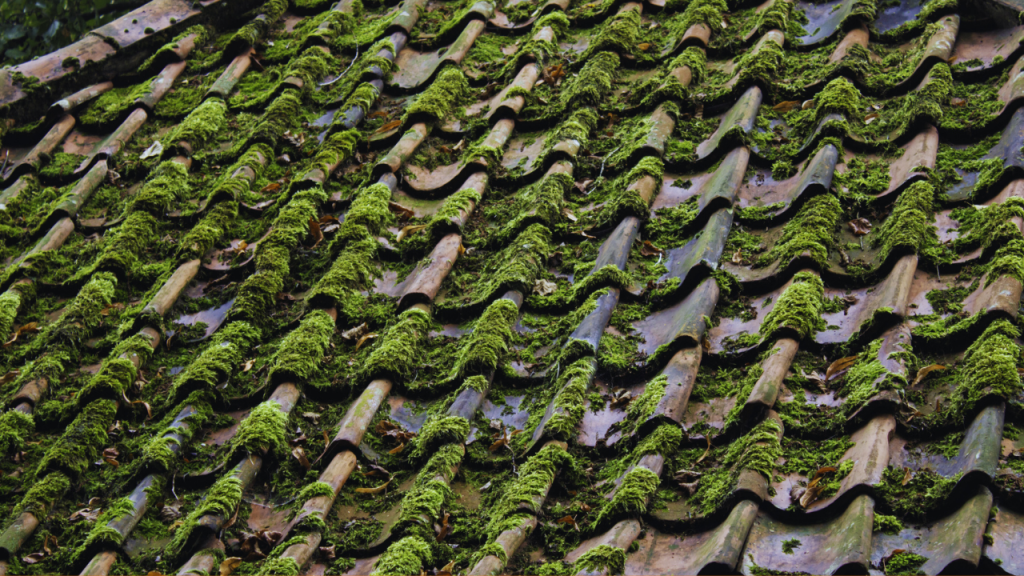
Implementing preventative measures for roof algae and lichen is essential for maintaining the health and appearance of your roof. Regular maintenance, chemical treatments, physical barriers, and environmental control are all effective strategies. By choosing the right materials and considering professional services, you can ensure long-term protection against these common roof invaders. Taking these steps not only preserves your roof’s integrity but also enhances your home’s curb appeal and energy efficiency.
By following these guidelines and implementing the recommended preventative measures for roof algae and lichen, you can protect your roof from damage and maintain its aesthetic appeal for years to come.

